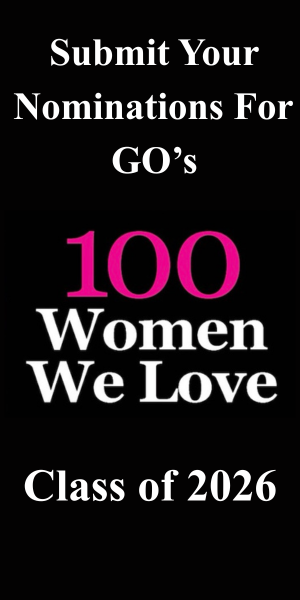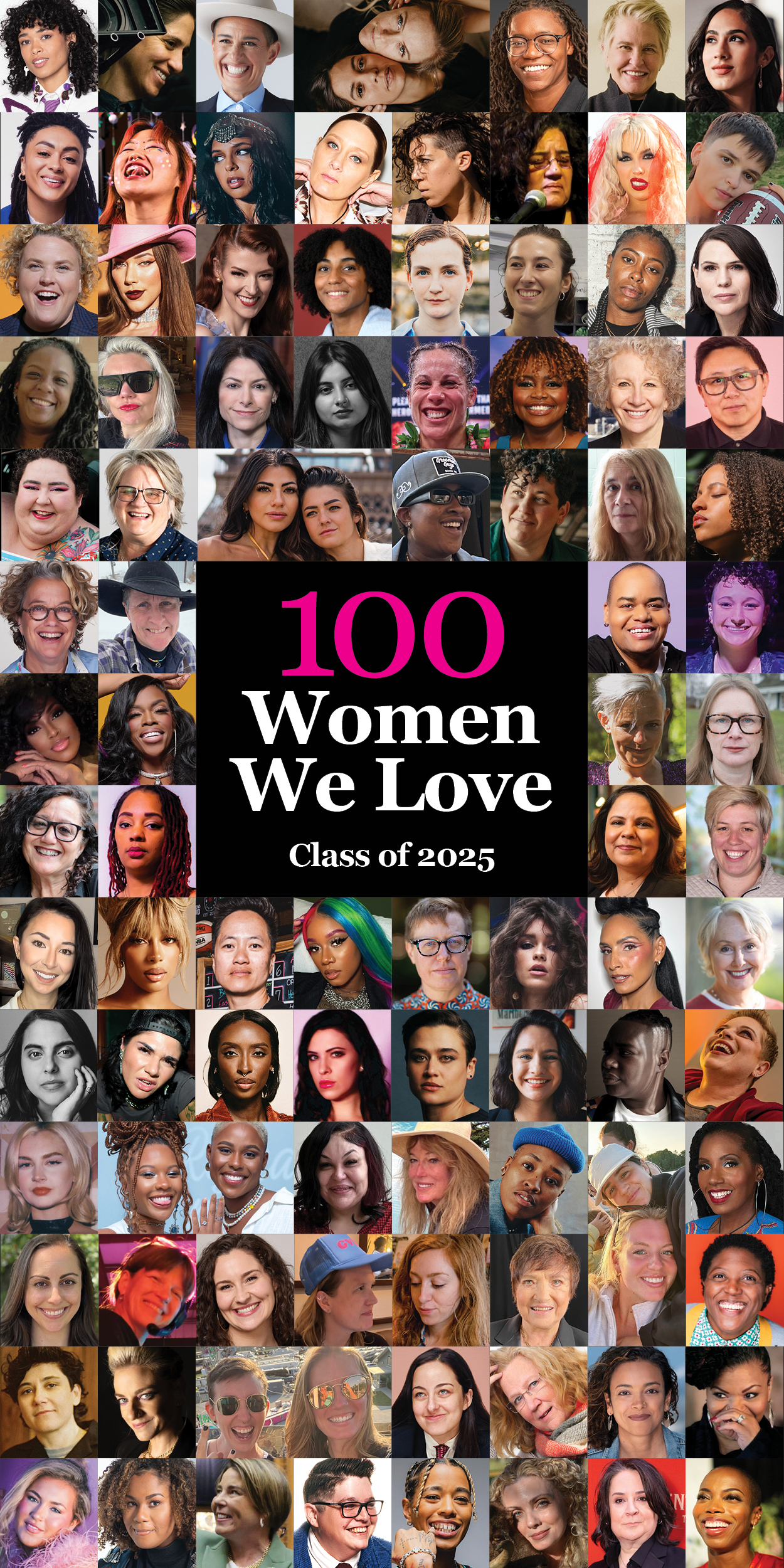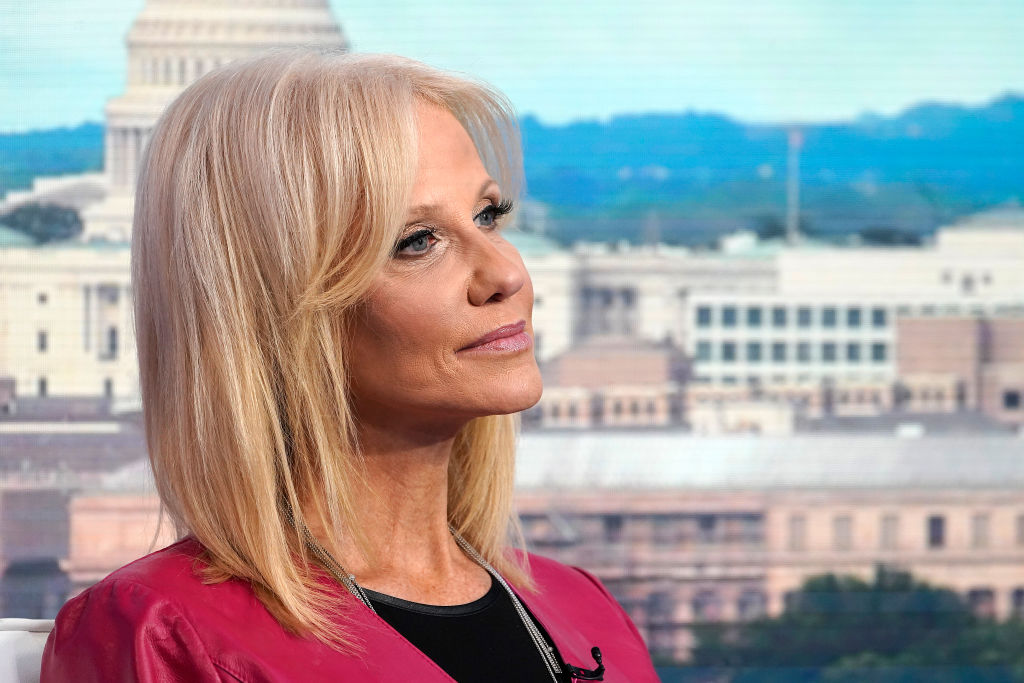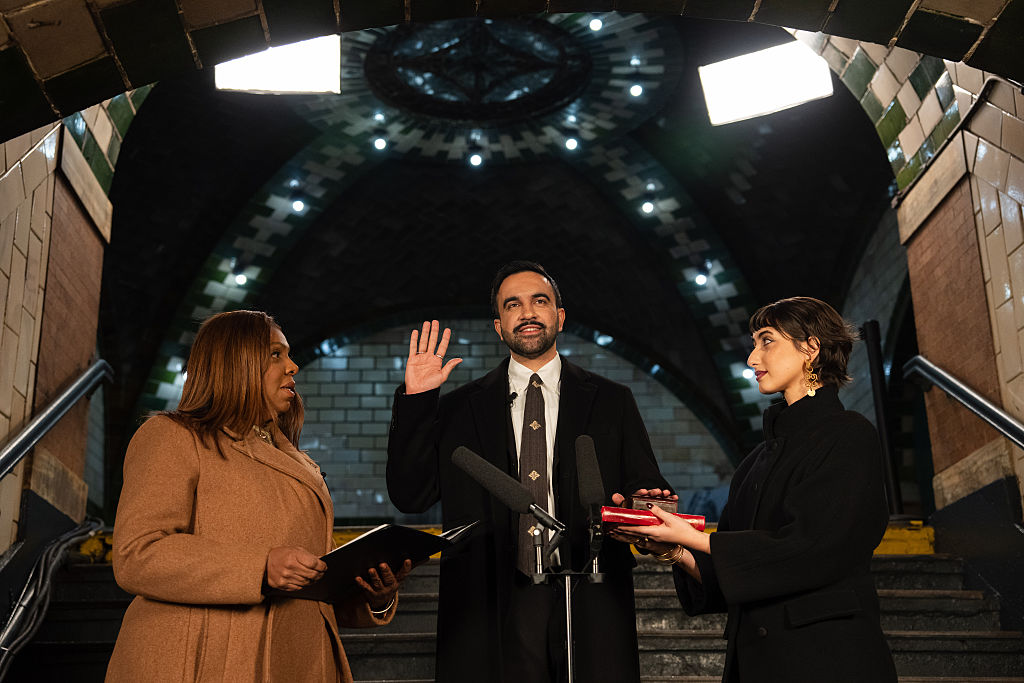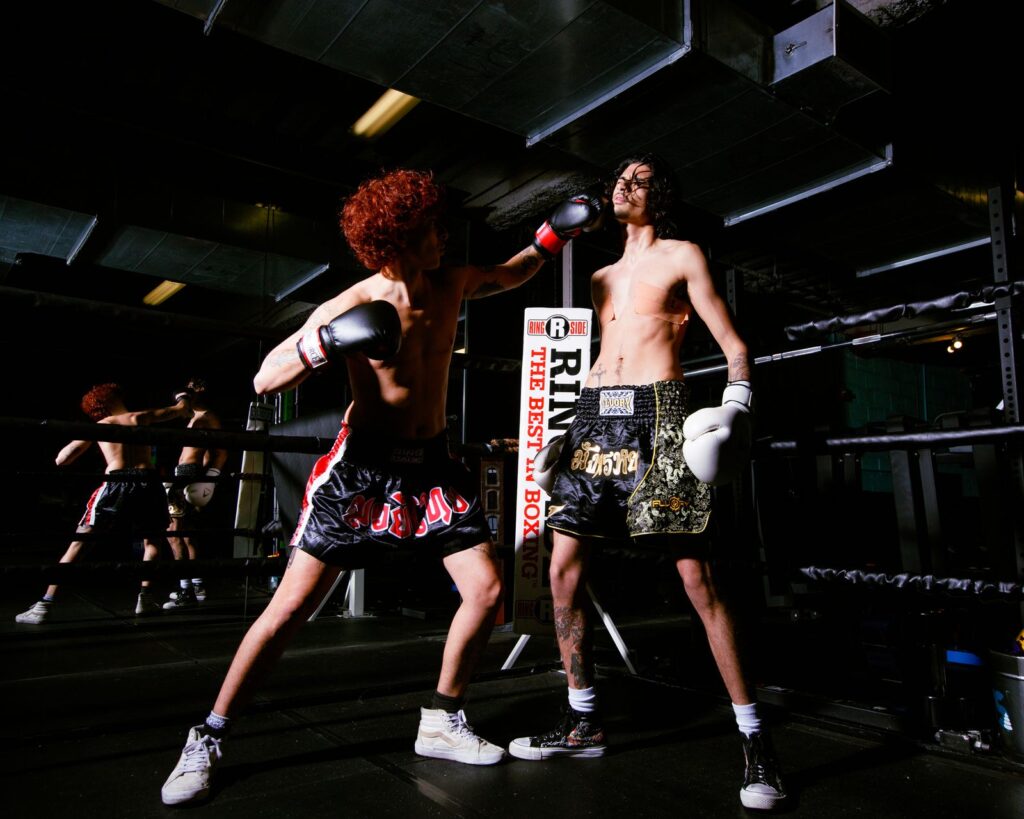I’m Nonbinary. Hearing Young People Use Gender Neutral Pronouns Gives Me Hope.

I can hear their stories, I can feel their euphoria. They are elated, they feel free, but they are also terrified.
A recent survey from The Trevor Project has revealed that a quarter of queer youth across the United States ages 13 to 24 use gender-neutral pronouns. Among the 25 percent of participants who reported using gender-neutral pronouns, 5 percent use exclusively they/them pronouns; 16 percent use a combination of they/them, she/her, and/or he/him; and 4 percent use neo-pronouns such as fae/faer or ze/hir.
In tandem with the progress we’ve seen in the last several years regarding personal pronouns and nonbinary gender in mainstream society, this finding indicates that we are heading towards a society in which people feel more celebrated and supported in their gender diversity than ever before.
These statistics also serve as a reminder of how important it is to respect others’ pronoun choices. Referencing their 2020 National Survey On LGBTQ Youth Mental Health, The Trevor Project’s brief reminds us that “affirming LGBTQ youths’ gender by using pronouns that align with their gender identity has been shown to improve mental health outcomes.” In fact, it was found to reduce the rate of attempted suicide in trans and gender nonbinary youth by half.
It’s clear that young queer people are actively exploring gender and using pronouns in various, unique ways to affirm themselves and create a sense of comfort and euphoria. They don’t feel limited to one set of pronouns; they are using both binary and nonbinary pronouns — and language overall — in ways that subvert, challenge, and upend the gender binary. Young people also know that pronouns don’t equal gender and vice versa. They are breaking the “rules” and making the rules when it comes to their gender, their identity, and their expression.
These findings come on the heels of Merriam-Webster announcing its addition of the gender-neutral pronoun “singular they” to the dictionary, and months later, naming it their 2019 Word Of The Year. Considering the significance of the recognition, other dictionaries and style guides are following suit. In October of 2019, Chelsea Lee of The American Psychological Association published a post endorsing the use of the “singular they,” as did the MLA in March of 2020 — both citing the “widely accepted and recognized use of ‘they’ as a singular gender-neutral pronoun.”
These big-time media boosts further validate the usage of gender-neutral pronouns in very tangible ways. We’ve since seen increases in people, including cisgender folks and celebrities, putting their pronouns in their bios and email signatures — an act of allyship and solidarity that helps immensely to normalize the exchanging of pronouns instead of assuming based on the way someone presents.
To see just how apparent this cultural shift in awareness of gender diversity is, just do a quick Google Trends keyword search. The graphs show that searches for terms like “nonbinary” and “they them pronouns“ have skyrocketed over the last half-decade. Additionally, a small but highly visible influx of celebrities, like Asia Kate Dillon, Nico Tortorella, and Sam Smith — who’ve all come out as nonbinary and/or using they/them pronouns — as well as nonbinary activists such as Rain Dove and Alok Vaid-Menon, have opened doors for youth to feel more comfortable and excited to explore their gender.
To me, as a nonbinary writer, activist, and educator who uses they/them pronouns, this survey finding is inspiring but also speaks to the immediate need of real cultural change — change beyond recognition of nonbinary people and avoiding any assumptions around pronouns or gender when meeting someone new. So much of the misgendering we experience on a daily basis rests in the idea that our systems enforce a gender binary nearly everywhere we go: gender markers on forms and surveys, shopping for clothes, binary bathrooms, the way we learn about sex and our bodies. We must continue unified efforts to implement real institutional and policy changes for trans and nonbinary individuals if nonbinary individuals — and society as a whole — are to truly thrive.
The way I see it, these things are good for everyone. I want to live in a world that doesn’t assume the gender binary; a world that just throws a baby shower instead of a gender reveal; a world that isn’t concerned with what genitals your kid is going to have; a world that doesn’t cause lifelong trauma by creating strict, vicious gender roles and expectations based on those genitals; a world that lets people proudly lead the lives they want to live.
I receive messages almost daily on my Instagram from young people — likely some of the quarter who responded to The Trevor Project’s survey — who mention that a post or article of mine helped them come out as nonbinary or feel confident to start going by gender-neutral pronouns. They are more than a statistic; I can see their faces, I can hear their stories, I can feel their euphoria. They are elated, they feel free, but they are also terrified.
These young people deserve to feel safe and celebrated; they deserve to lead the lives they want, and we have to fight for their right to do that.




